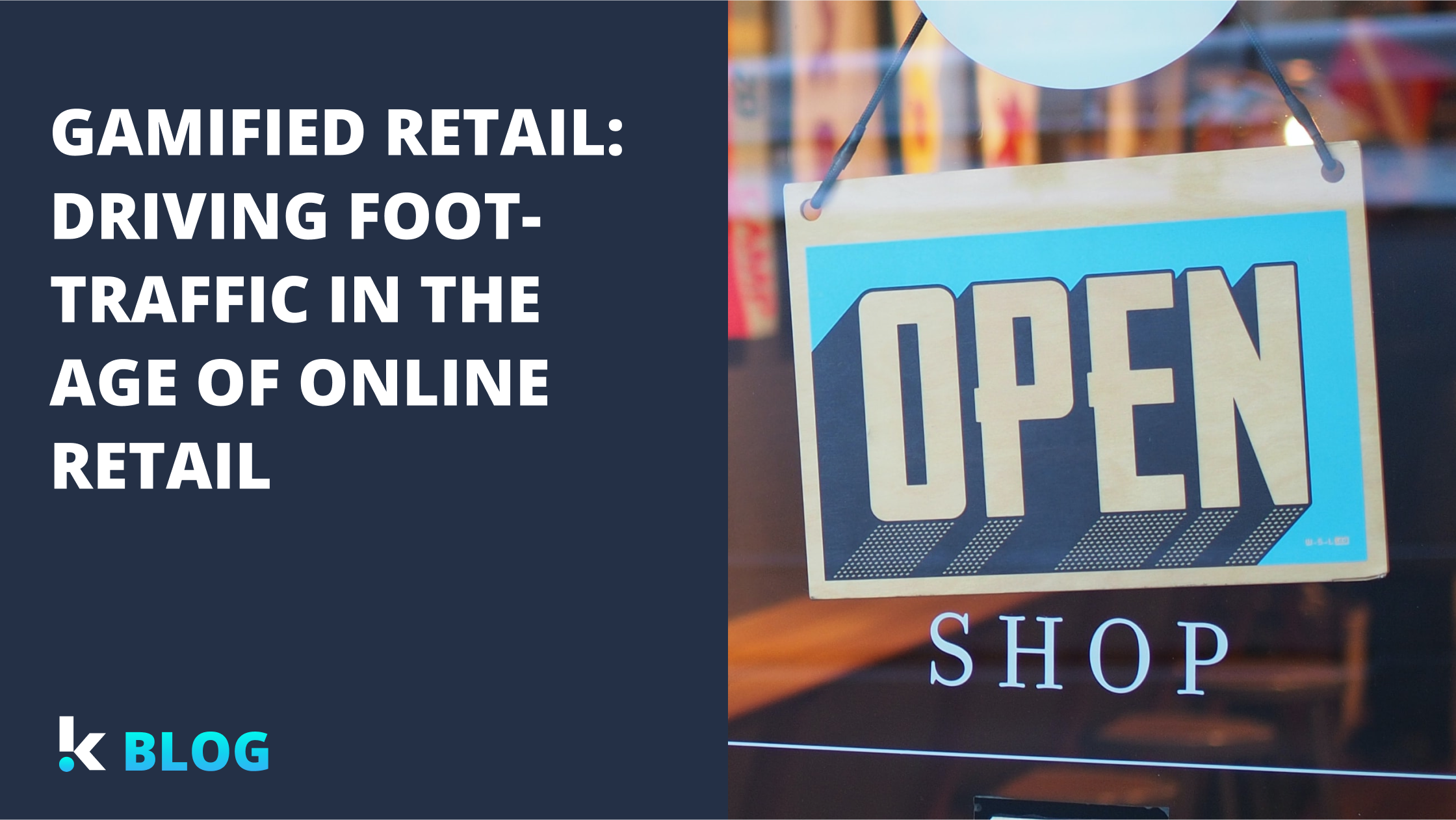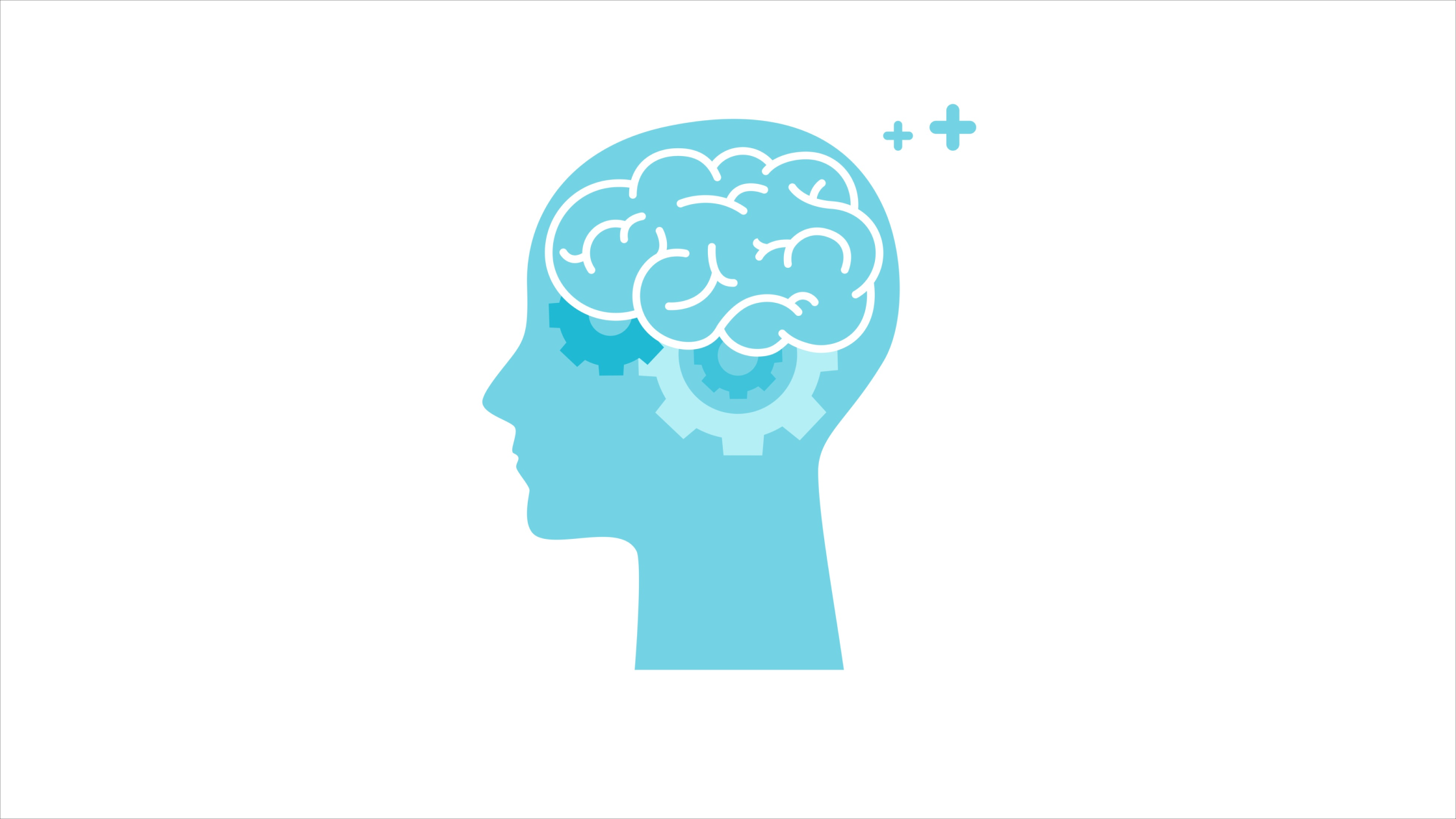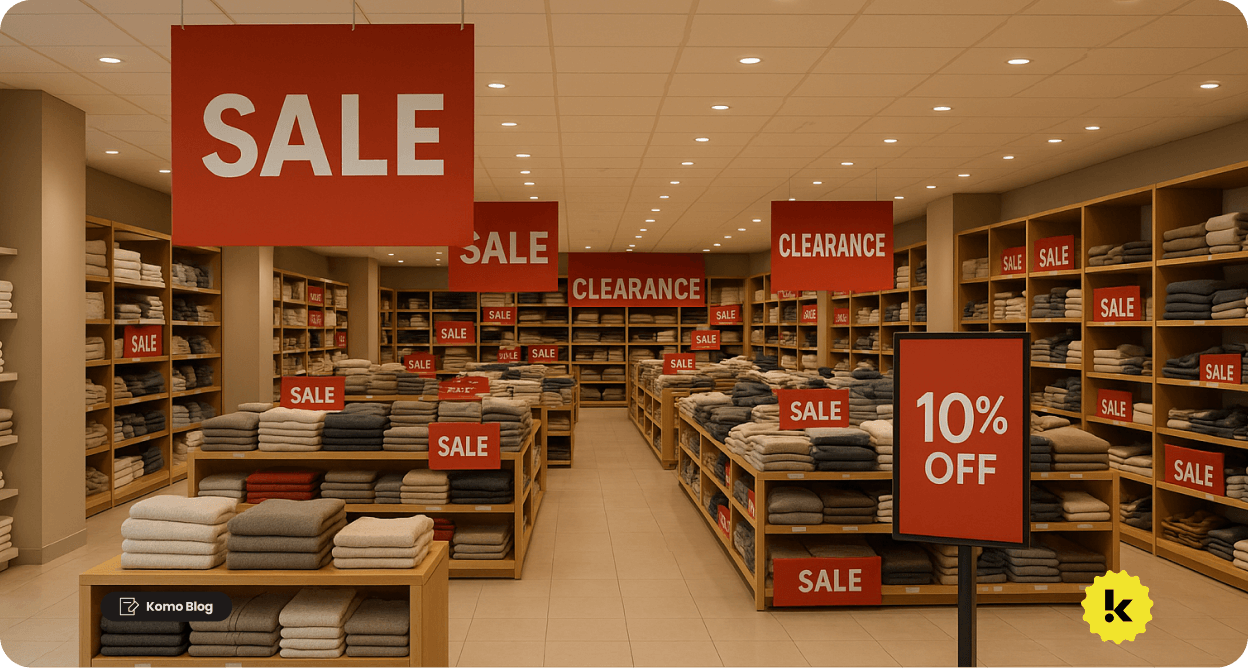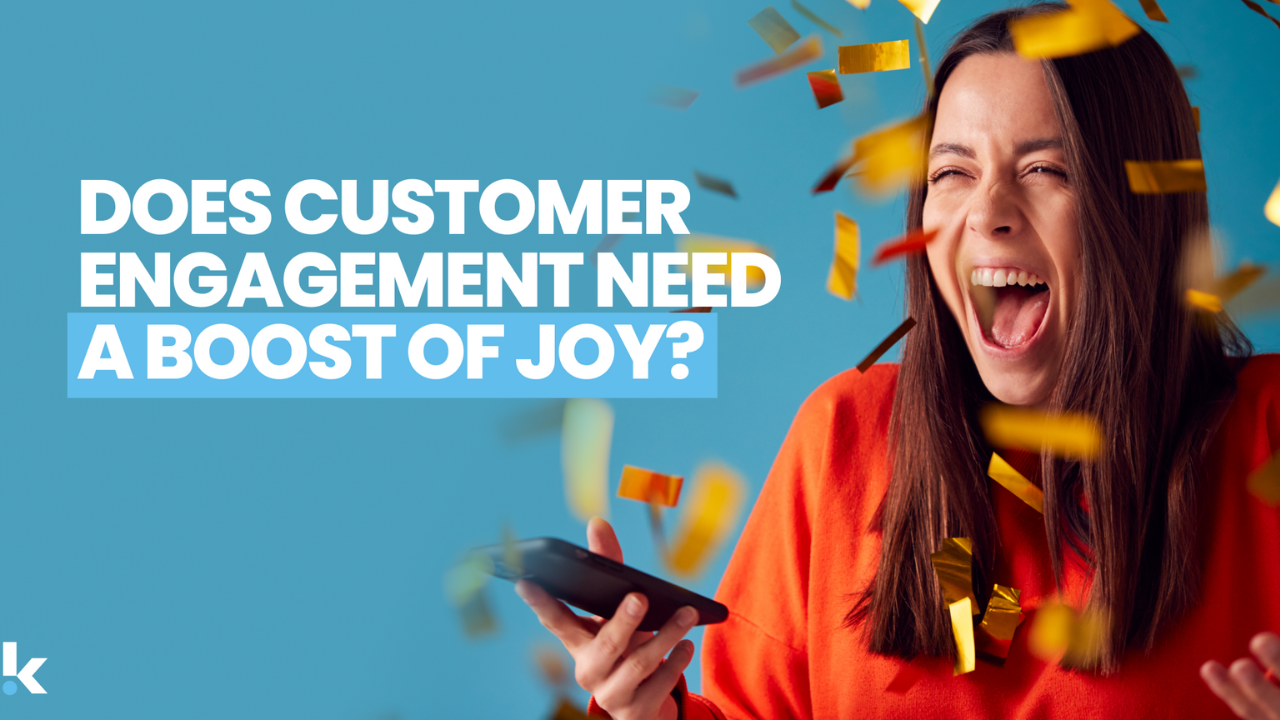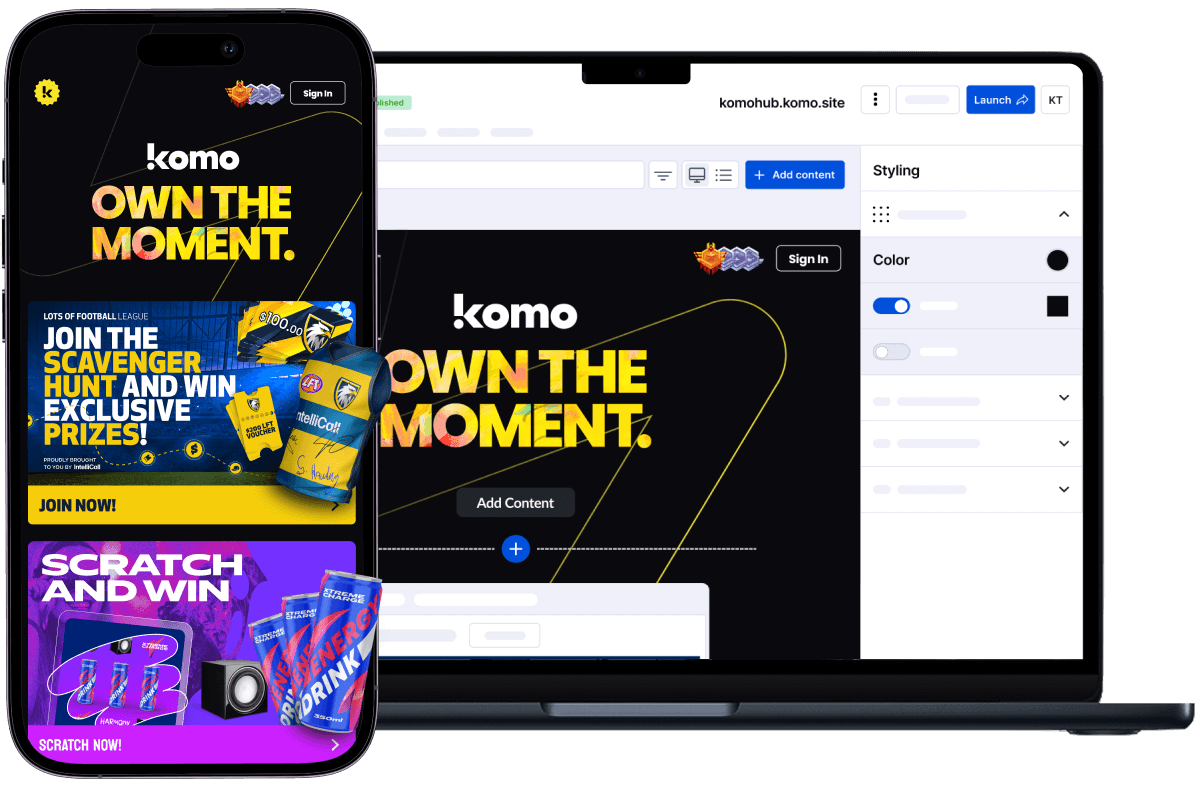Increasing foot traffic has never been more important for retailers.
Retail store traffic dropped as shoppers were encouraged to stay indoors throughout 2020. At the onset of the pandemic, monthly foot traffic in Australia dropped by a staggering 17.7% in April of 2020. At the same time, e-commerce sales in the country increased by as much as 70.6% from February to May in 2020.
The correlation between e-commerce sales and retail foot traffic is not a mystery, and the pandemic has all but accelerated the decline of retail traffic as consumer behaviour shifted to accommodate a more digitally inclined shopping environment.
Though it may seem that digital technologies are at odds with retail, it should be viewed as a welcomed disruption: the strides made in digital technologies have also left retail brands with the tools necessary to succeed in the age of online shopping. WIFI, geo-targeting, push notifications and more allow for retail brands to reach their customers through the very devices that facilitate the disruption of the retail experience.
With customers eager to return to outlets and relive the in-store shopping experience, brands are looking to harness the power of digital and learn how to increase foot traffic in their retail store.
What is Gamified Retail?
Understanding gamification is key to understanding it can be applied to retail experiences. Gamification is the use of game-like mechanics that encourage active participation from users, motivating them by delivering an enjoyable gaming experience as well as with incentives such as prizes and rewards.
Benefits of Gamified Retail: What is in it for your brand
Increase Brand Awareness
Retailers have had their eye on gamified experiences to enhance the customer experience for a while now. According to a 2015 survey by Boston Retail Partners, 87% of all retailers surveyed plan to use gamification to engage their customers within five years.
Retailers have recognised the most attractive value proposition for gamified experiences: increasing brand awareness. Where traditionally this has been achieved by means of advertising with varying degrees of success, gamifying retail effectively helps your brand garner attention - providing you with a small window of opportunity to make a memorable impression of your brand on them.
Additionally, holding attention and engaging your customer through interactive branded experiences increases the receptiveness of marketing messages, allowing them to better understand your products, services, and what it is your brand has to offer.
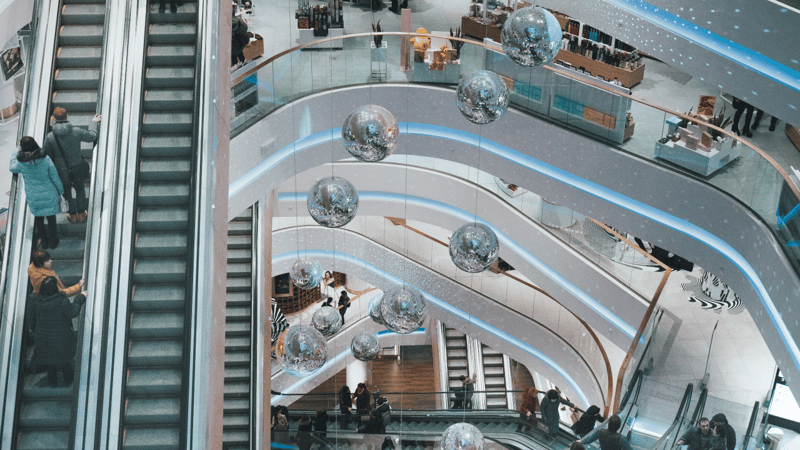
Delighting Customers and Creating Loyalty
The average person is well versed with the use of smartphones and the internet, and they are not new to the vast amounts of push advertising on the internet in the form of unskippable videos, banner ads, and pop-ups, making customer engagement a challenge.
Gamification allows you to meaningfully engage with customers in ways that delight them through a heightened retail experience, which leads the way to build customer loyalty and capturing customer lifetime value if your brand continuously satisfies your customers’ needs.
To paint the full picture of the power of using gamification to delight customers, MKTG, a global sports and entertainment marketing agency who have worked with brands including Mondelez, Jaguar Range Rover, and Carlton Breweries, was able to achieve a maximum net promoter score of 77% for the Marvel Stadium FanHub created using Komo’s Engagement Hub.
Increase Sales
Weaving game elements into retail experiences can be highly beneficial for conversion optimisation by nudging customers into taking a desired action. In most cases a desired action is a purchase and may extend to subscribing to a mailing list or upgrading a purchase.
Retail brands looking to leverage game elements to increase sales may turn to digital coupons. Digital coupons allow brands to deliver offers quickly and at scale straight to shoppers’ smartphones, providing large numbers of shoppers with a convenient and streamlined redemption process. For the Marvel Stadium FanHub campaign, MKTG also used Komo’s Digital Coupons to deliver rewards to audiences, resulting in a 70% coupon redemption rate.
How to drive foot traffic with gamification:
Incentives, prizes, and rewards:
The use of incentives, prizes, and rewards in gamification plays on a fundamental aspect of human nature - we are motivated to act by extrinsic and intrinsic factors. Adding game elements to your brand’s retail experience requires that you implement mechanisms in which actions such as purchasing, subscribing, or upgrading are rewarded to motivate and influence behaviour.
In its most rudimentary form, extrinsic motivators in the context of gamified retail encompasses monetary rewards, or other similar rewards (offers, vouchers, freebies). Consumers are no stranger to big red ‘SALE’ signs that litter the floor space of your local H&M, or coupons for a free hash brown with your next purchase at a KFC. Though this may be a reliable way to increase foot traffic in retail stores, brands need to explore different initiatives to add dimension to this otherwise transactional tactic to drive foot traffic through exceptional, memorable customer experiences and set themselves apart from the competition.
Let’s look at McDonalds’ Monopoly campaign to understand how the power of effective gamification campaigns.
The premise of McDonald’s Monopoly is simple: purchase a McDonald’s food item and receive peel-to-reveal stickers containing game pieces that allow you to stand a chance to win prizes worth up to $1 million dollars. Adding flavour to the simplicity of the game, McDonald’s Monopoly also allows you to win free menu items and special pieces that allow you to win prizes when redeemed as a group.
Gamified loyalty programs
Loyalty programs are also a way for brands to implement gamification, which rewards multiple and continuous actions taken over a period of time.
Loyalty programs can be delivered in a multitude of ways: the most common being points-based loyalty (points are rewarded for desired actions worth varying amounts of points) and tiered loyalty (customers are segmented into distinct categories of varying benefits and rewards).
Loyalty programs also play on the human nature of wanting to be extrinsically rewarded, with the added benefit of customers taking on more of the desired behaviour because of their commitment to the loyalty program and being rewarded.
The Starbucks Rewards program has been noted by many as the highest performing rewards program, with over 19 million members who generated up to 50% of their sales in the first quarter of 2021. As with McDonald’s Monopoly, the program is straight-forward and easy to understand.
A Starbucks Rewards member earns one star for every purchase of a beverage. Collecting 10 stars makes a member eligible for a free beverage personalised to their preferences based on previous purchases. Starbucks Rewards app boasts additional functions such as a payments system, limited time offers, and membership tiers to make the experience with the app - and the Starbucks brand by extension - more engaging, which helps keep the brand top-of-mind.
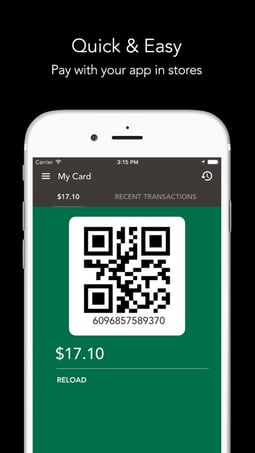
Branded Apps and Platforms
Using branded apps and platforms is how a retailer can leverage game mechanics to the fullest to truly gamify the shopping experience; tailoring functionality to deliver a gamification strategy completely tailored to their brand, target market, and marketing objectives.
Traditional game elements used to encourage behaviour such as challenges, progress bars, and points can be used to keep users engaged. In addition, branded apps allow for the collection of insights such as first-party customer data, providing brands a reliable way to measure foot traffic in retail stores.
GameStop partnered with Warner Brothers Interactive Entertainment and Google Maps to create the ‘Monster Hunt’ online game: a gamified promotion for The Witcher 3: Wild Hunt video game where players could hunt monsters featured in the video game on streets around the world through Google Maps for a chance to win one of 100 GameStop gift cards.
Immersive experiences
Immersive experiences are a fairly new innovation, in which its growth as of late can be attributed to the popularity of apps such as Pokemon GO and Snapchat, demonstrating its mass-market appeal.
Delivered through tools such as augmented and virtual reality, the combined powers of these technologies and gamification takes experiential marketing to the next level - blurring the lines between physical and digital for your brand to design a world for customers to live in.
Immersive experiences are the pinnacle of engagement, allowing your brand to invite customers into exciting, carefully crafted spaces and live out compelling branded experiences. A notable campaign is Nike’s Reactland, where customers participated in a game played by running on a treadmill installed in Nike stores. Players stepped into the shoes of the game’s hero to explore a world riddled with obstacles that required the player to jump on to clear, which was controlled using a handheld device.
The campaign was used to introduce the new Nike React shoes which players had on for the duration of the game. The campaign was success, with 48% of players purchasing the new release of running shoes.
Learn How to Increase Foot Traffic in Retail Stores with Komo’s Digital Coupons
Komo’s Digital Coupons provide brands a solution to offer attractive rewards and offers to their customers at the point of sale; connecting attention to action. Our Digital Coupons allow your brand to track clicks and redemptions at every stage of the coupon funnel, providing your brand with invaluable consumer insights to measure ROI and optimise your marketing strategies to increase retail foot traffic at your stores.
Learn about the full range of features of Komo’s Digital Coupons.
